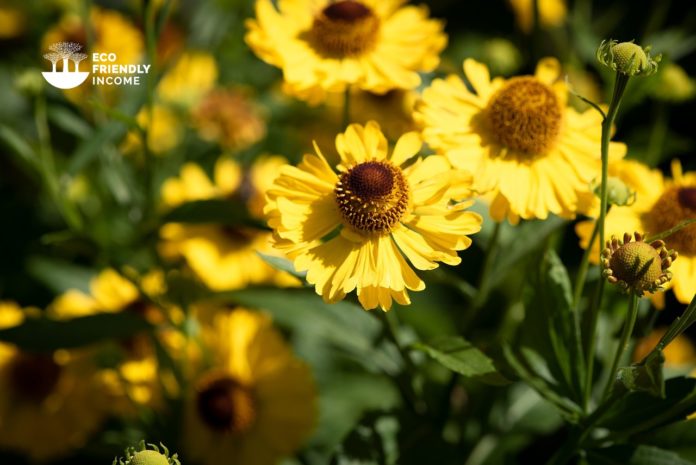A field guide on how to identify and propagate Helenium (Helenium autumnale), a zone 2 perennial shrub native to North America.

Hardiness Zone: 2-8

Soil Type: Well-drained Chalk, Clay, Sand or Loam.

Water: Normal.

Exposure: Full Sun.
How to Identify Helenium (Helenium autumnale)
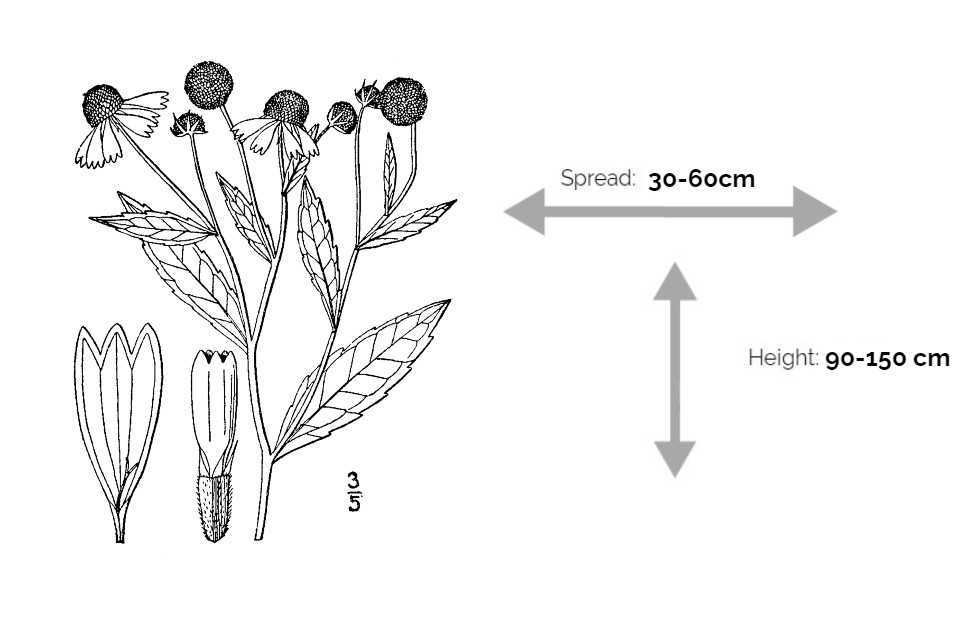
Leaves
The leaves of Helenium autumnale are elliptical to lance-shaped with serrated margins. They are green on top, paler on the bottom, and grow on the stalks in alternate arrangements.
Flowers
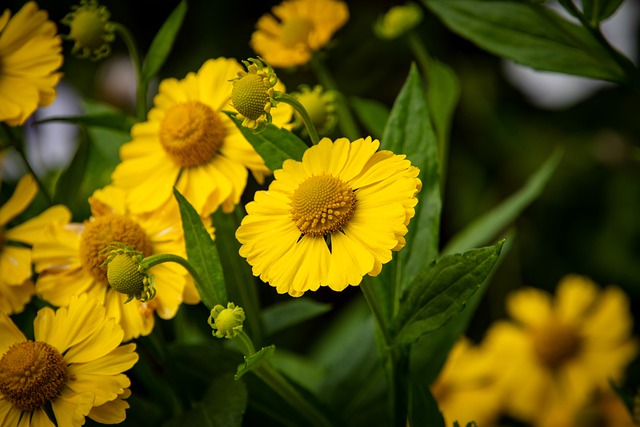
Helenium flowers have a daisy-like appearance. They are orange or yellow in color and have a long, cone-shaped center.
Flowering Season
Helenium flowers typically bloom later in the summer into fall.
Habitat
Helenium or common sneezeweed grows in moist, open woods, prairies, and along the banks of streams and rivers.
It grows almost in every American state and Canadian province, it’s quite a hardy plant.
Wildlife Value
Helenium autumnal is a valuable source of nectar for many species of butterflies, moths, and bees. The flowers are also attractive to other insects, and the leaves are eaten by some caterpillars.
How to Propagate Helenium (Helenium autmnale)
The two best ways to propagate helenium are by sowing the seeds or by division.
- For the seeds, you’ll need to harvest helenium seeds which appear late in the summer into fall.
- For division, you’ll need a healthy helenium plant that you’ll use and divide into many smaller plants.
Let’s get into details:
Propagate with Seeds
To sow seeds you’ll need to collect them off the plants in late summer or early fall.
If you don’t have access to wild plants nearby, you can always order them online at west coast seeds.
Harvest the Seeds
To collect the seeds, you need to wait until the flowers lose their leaves and the flower ball turns brown.
The heads themselves can just be crushed into a bowl then you’ll need to separate the seeds from their shell.
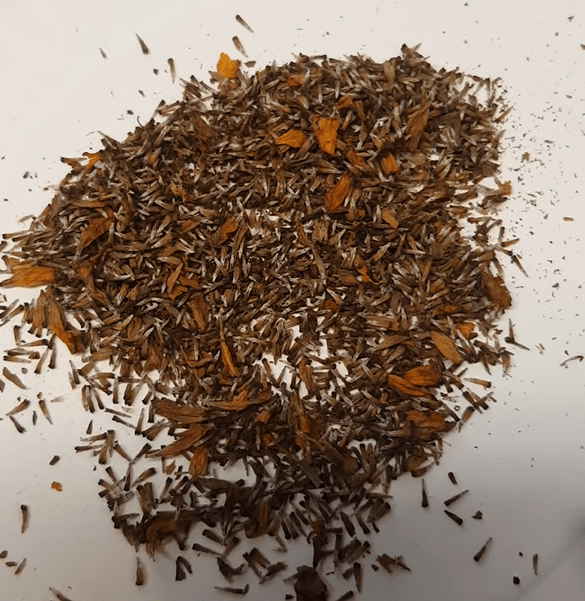
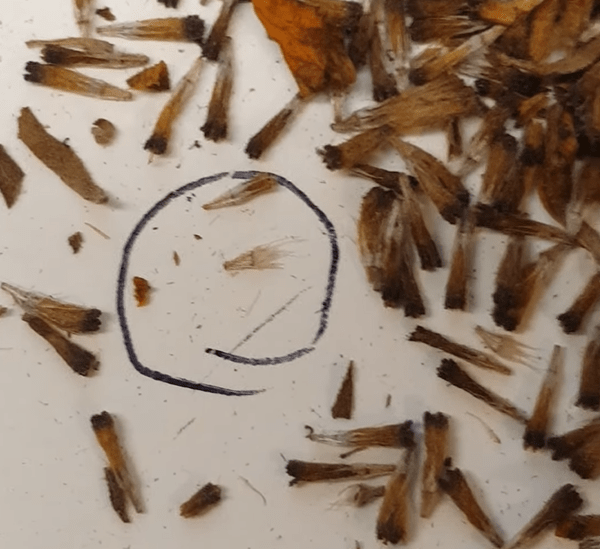
Look closely, those little fluffy parts are the actual seeds.
Once you got them, sow like you would any other wildflower.
Since they release their seeds so late in the season, they’re used to going through a cold winter period before germinating. That means you’ll have to cold stratify them in the fridge.
How to Cold Stratify
Fill a ziplock bag 1/3 with sand or fine potting soil, drop the seeds in and moisten. Tag the ziplock with the seed name and date, then put it in a cold section of your fridge one day.
On the next day, put it in the freezer, then the following day back to the fridge. Alternate like this for a week before sowing.
How to Germinate
- Soak the seeds in water overnight.
- Surface sow and cover with light layer of potting soil.
- Water the soil and keep it moist but not wet.
- Place the pot in a well lit location and wait for the seeds to germinate.
Propagate by Division
Helenium readily spreads into large clumps that don’t really mind being divided.
This makes division the best option to propagate helenium if you have plants on hand.
You can divide helenium with no problem in early spring or late summer.
Here’s how to do it:
- First, dig up the plant, it should be a thick clump of roots.
- Next, tilt the clump on its side and split it into smaller clumps.
- Then you can use a sharp knife or a saw to split the clumps further down, try to avoid cutting the stems and leaves.
- Pot each individually and water thoroughly.
- It shouldn’t take helenium too long to recover and burst into growth again.
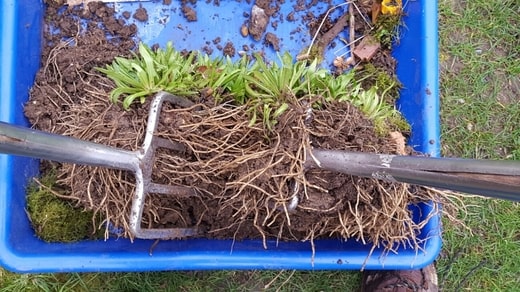
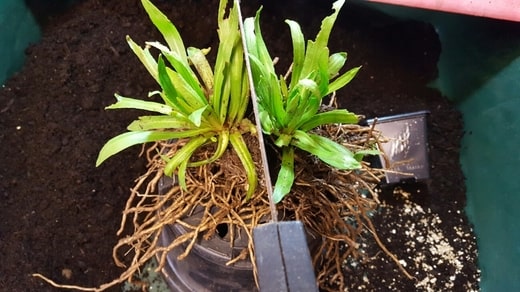
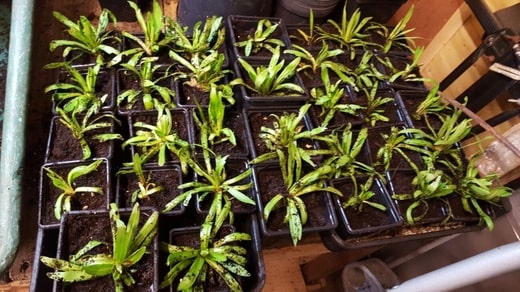
That’s it! That should have you covered to propagate helenium quite easily.
Want to propagate like a pro? Check out our plant propagation guide
Looking for other zone 2 perennials? Check out of list of zone 2 plants.

